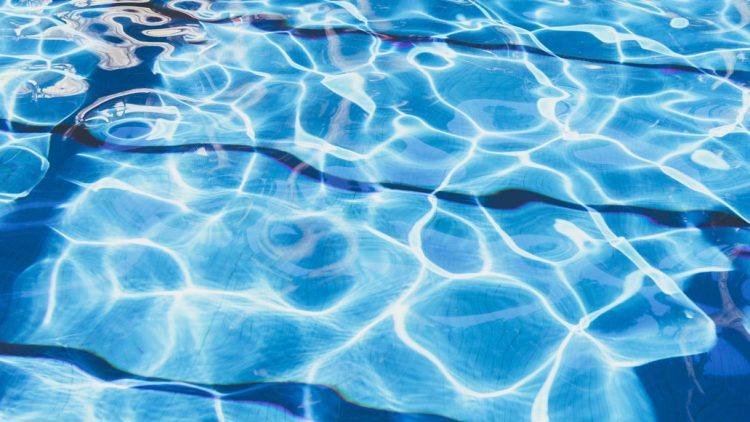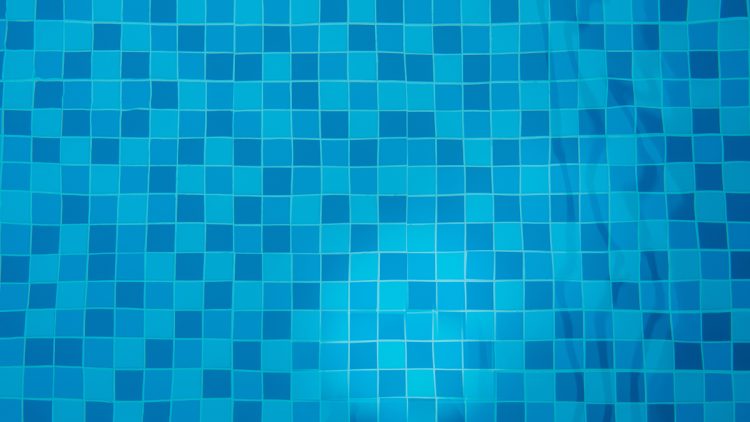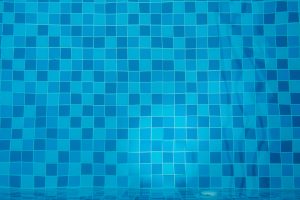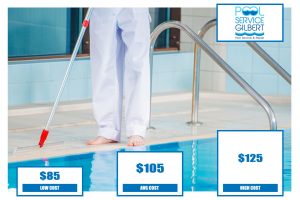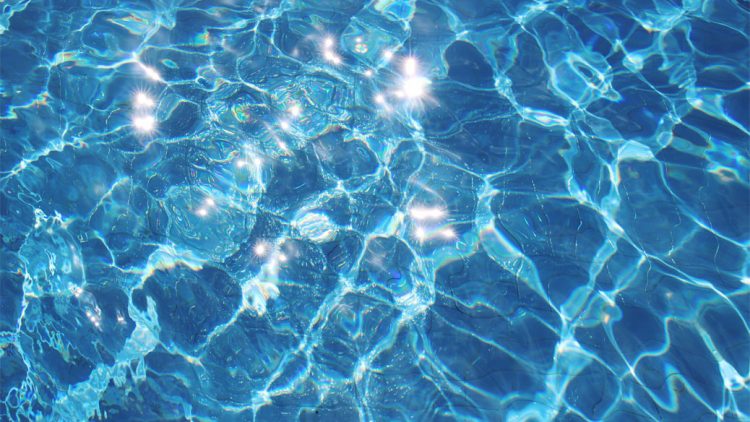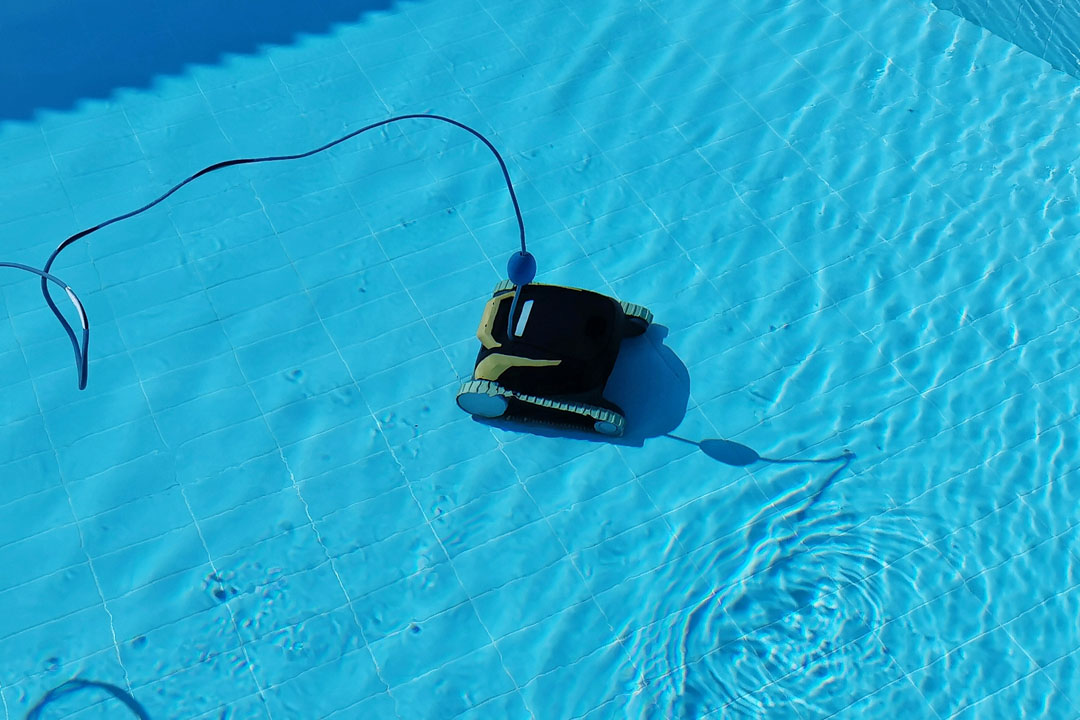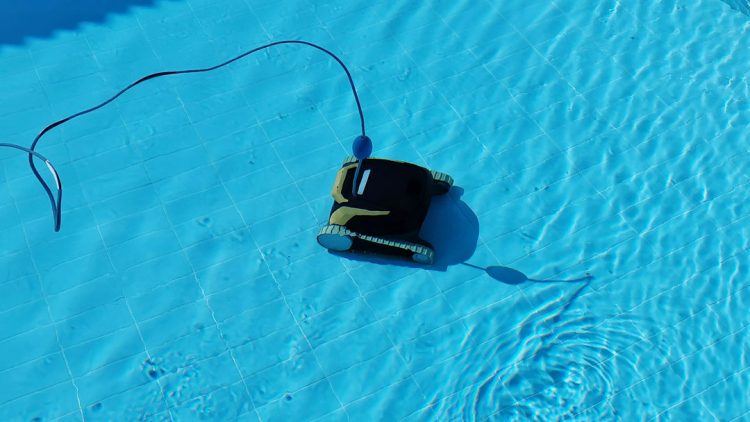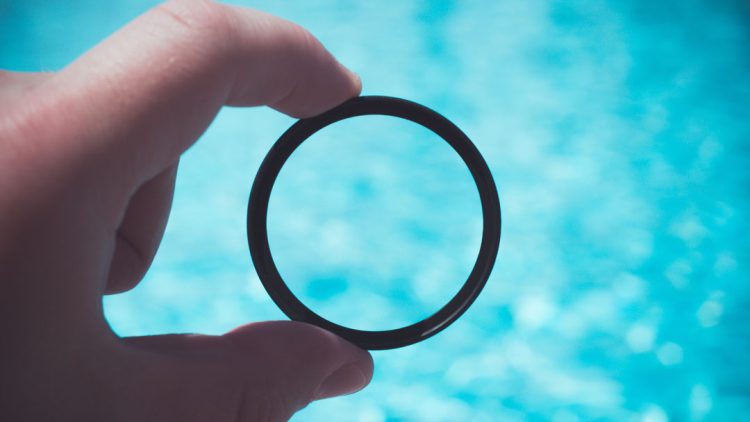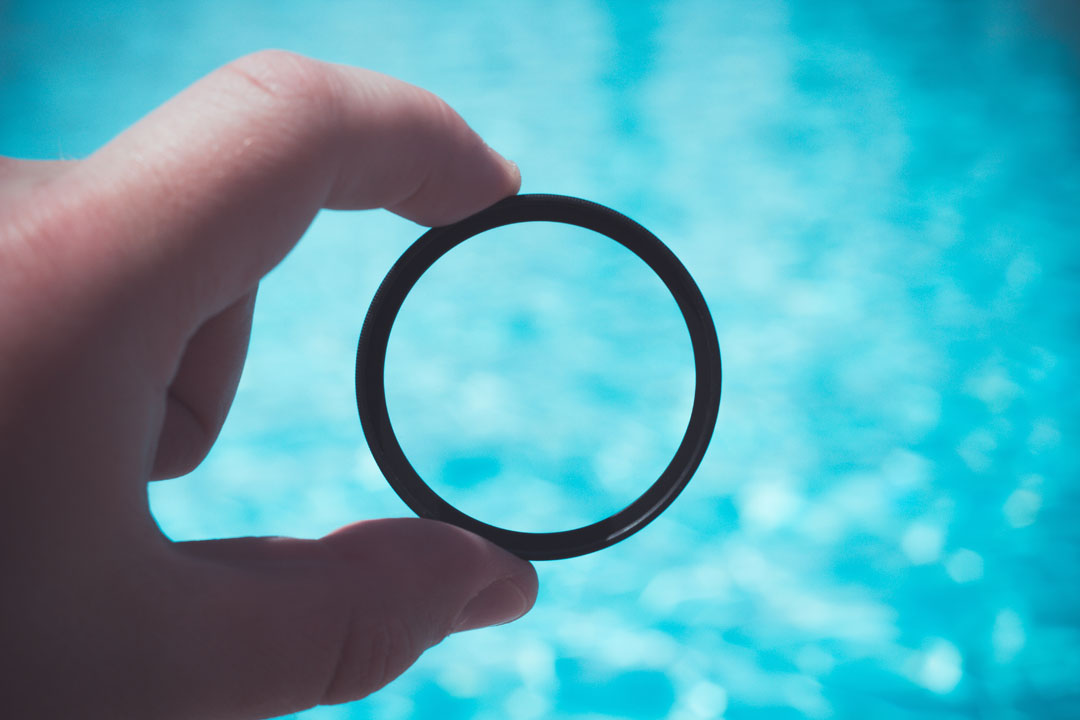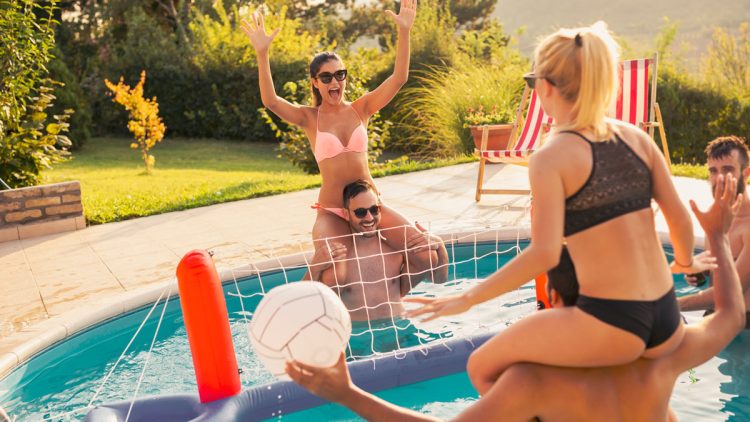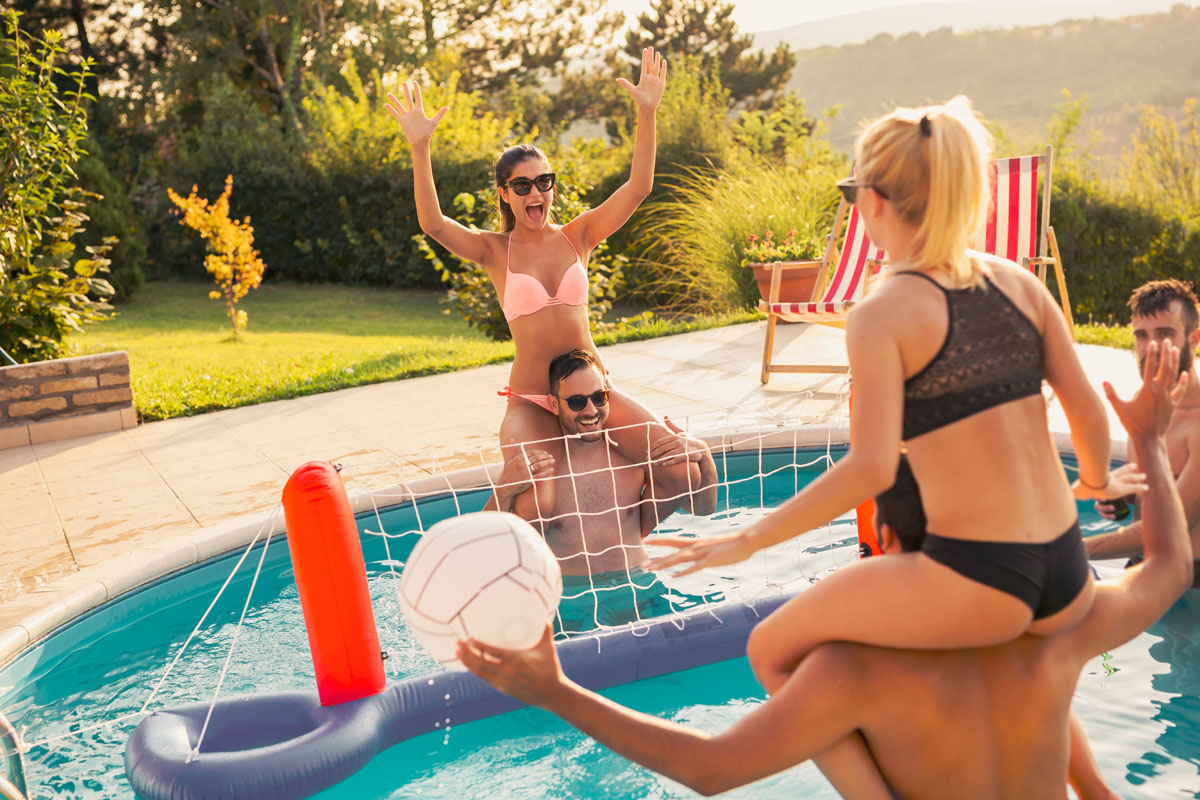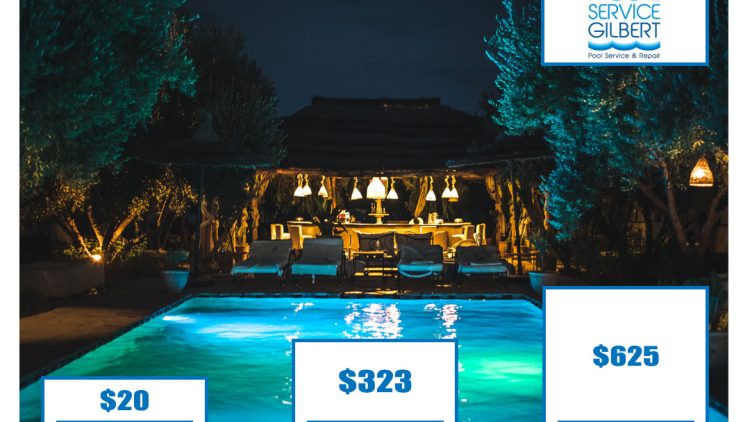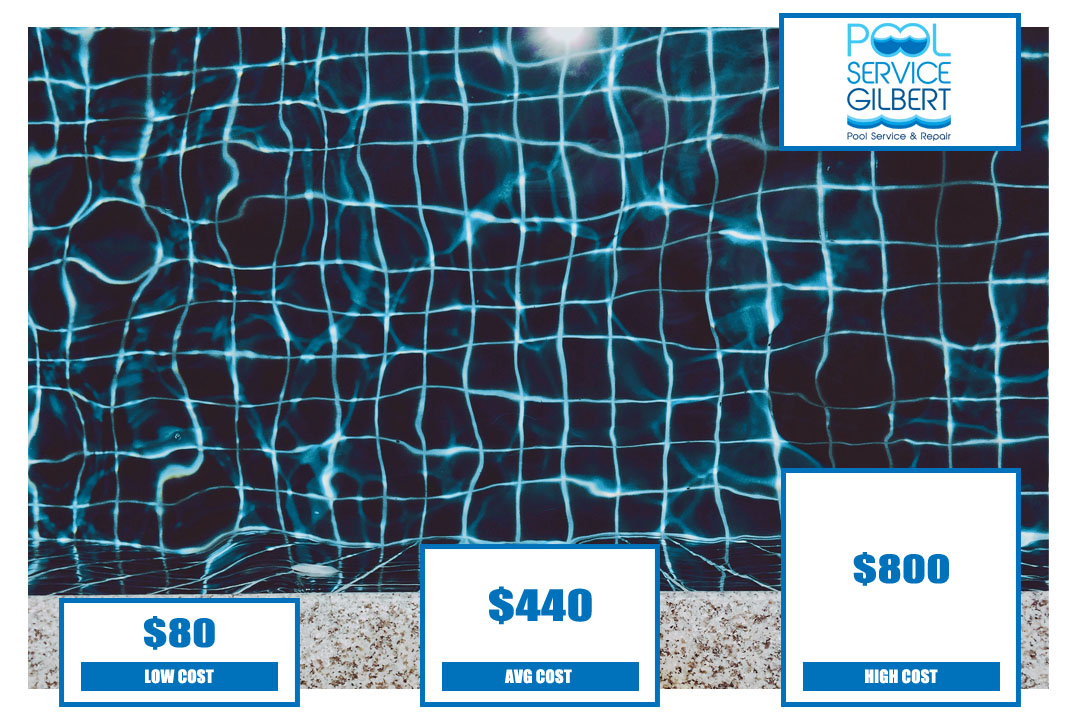Acid Wash Pool Costs 2024
The cost of acid washing a pool can vary depending on several factors, but here’s a general breakdown:
- Average cost: $450, with a range of $250 to $600 [source 1, source 2].
- Per square foot: $0.40 to $0.60 per square foot, with an average of $0.50 [source 2]. This price considers the total surface area needing cleaning, including walls and floor.
- Do-it-yourself: You can purchase muriatic acid (the main ingredient) and other pool chemicals for less than $100 if you tackle the job yourself [source 3, source 4, source 5]. However, this method requires caution and proper handling of hazardous materials.
Here’s a breakdown of potential costs:
-
Size of the Pool: The size of your pool is one of the most significant factors influencing the cost of an acid wash. Larger pools require more chemicals, labor, and time to complete the process, which can increase the overall cost.
-
Condition of the Pool: If your pool has significant staining, algae growth, or scale buildup, it may require more extensive cleaning and treatment during the acid wash process. This can increase the cost compared to pools in better condition.
-
Professional Service Fees: Hiring a professional pool service company to perform the acid wash will incur labor costs. The rates charged by pool service professionals can vary depending on factors such as the company’s reputation, location, and the complexity of the job. On average, professional acid wash services can range from $200 to $800 or more.
-
Chemicals and Materials: The cost of the acid wash chemicals and other materials needed for the process will also contribute to the overall cost. This can include muriatic acid, protective equipment for the workers, and other cleaning agents. The amount and type of chemicals required will depend on the size and condition of the pool.
-
Additional Services: In some cases, additional services may be required before or after the acid wash to ensure the pool is properly cleaned and maintained. This could include draining and refilling the pool, balancing the water chemistry, or performing repairs to the pool surface or equipment. These additional services will add to the overall cost.
-
Taxes and Fees: Depending on your location, you may need to pay taxes or fees associated with pool maintenance services. Be sure to factor these additional costs into your budget.
Overall, the total cost of an acid wash for a pool can range from a few hundred dollars to over a thousand dollars, depending on the factors mentioned above. It’s essential to consult with a professional pool service company to assess the condition of your pool and provide an accurate cost estimate for the acid wash process.
Pool Service Phoenix
Pool Service Gilbert is a family-owned and operated business that has been serving the valley since 2004. We offer reliable and affordable pool services, including repairs, equipment installations and more! Our service area includes Ahwatukee, Chandler, Gilbert, Mesa, Phoenix and Tempe, Arizona. Contact us right here for your upcoming pool service needs.
More Articles About Pool Care
- Pool Cleaning Service Near Me
- Pool Tile Replacement
- How to Clean a Green Pool Fast
- Pool Chemicals 101
- How To Acid Wash A Pool
- What Size Sand Filter Do I Need For My Above Ground Pool?
- Common Pool Problems
- How Much Does It Cost To Replace A Pool Pump?
- How To Remove Calcium From Pool Tile
- Pool Pump Repair Near Me – Gilbert, AZ
- Acid Wash Pool Cost

